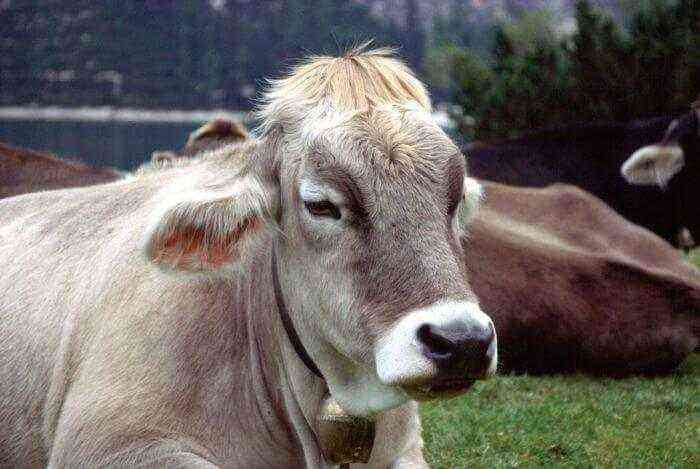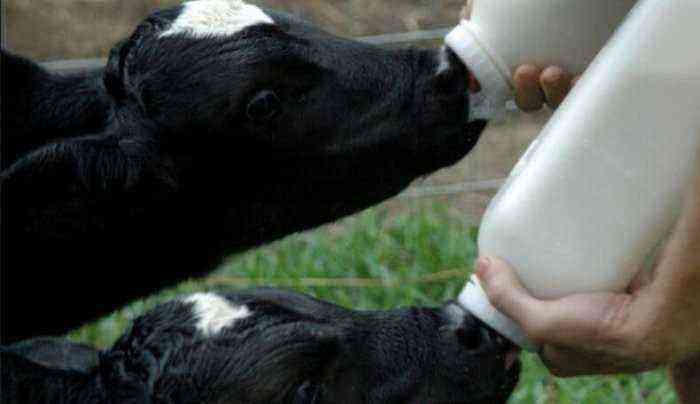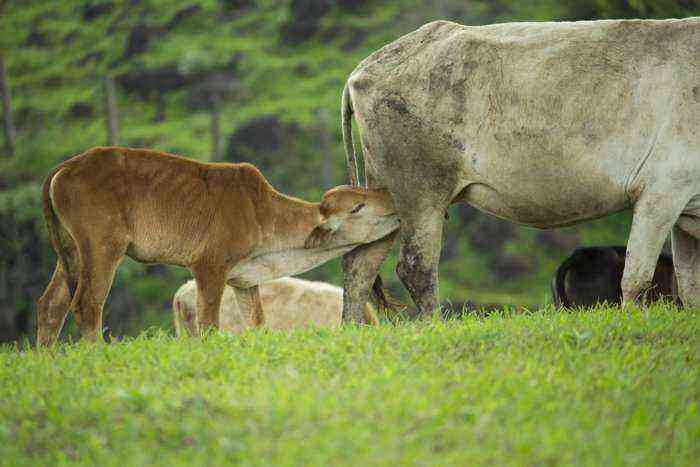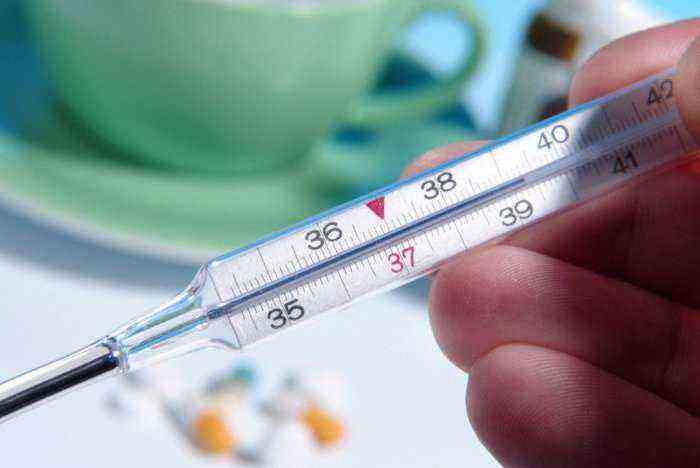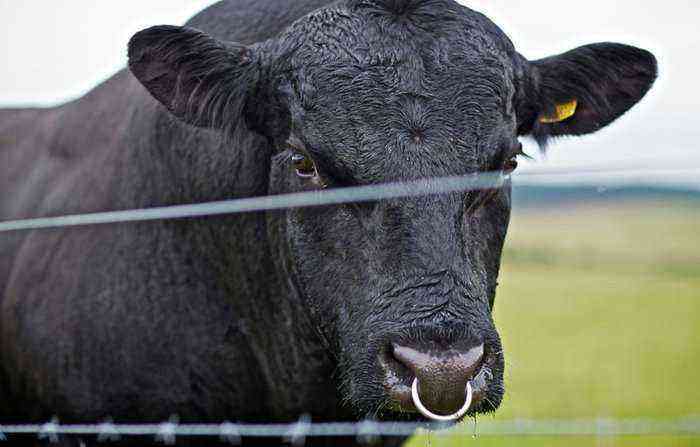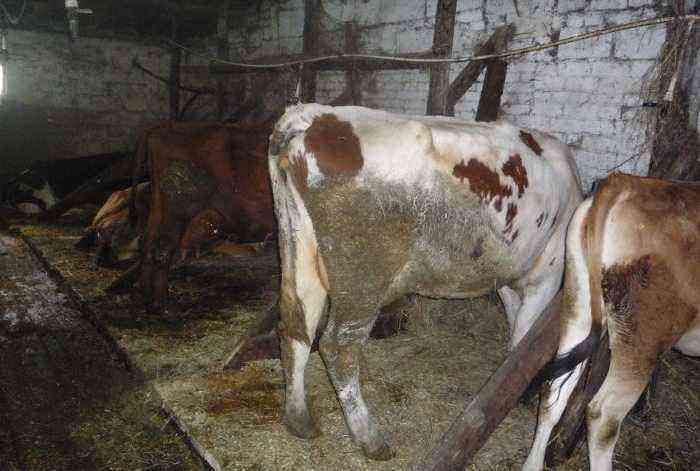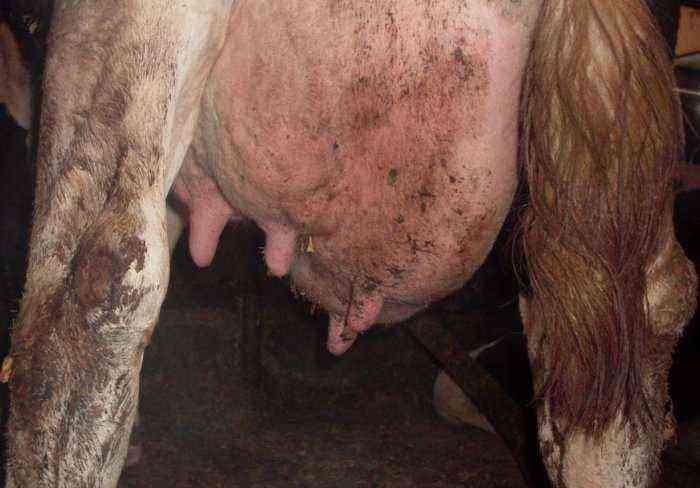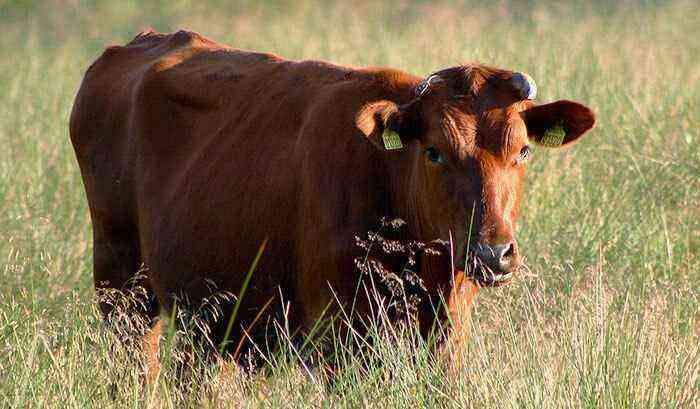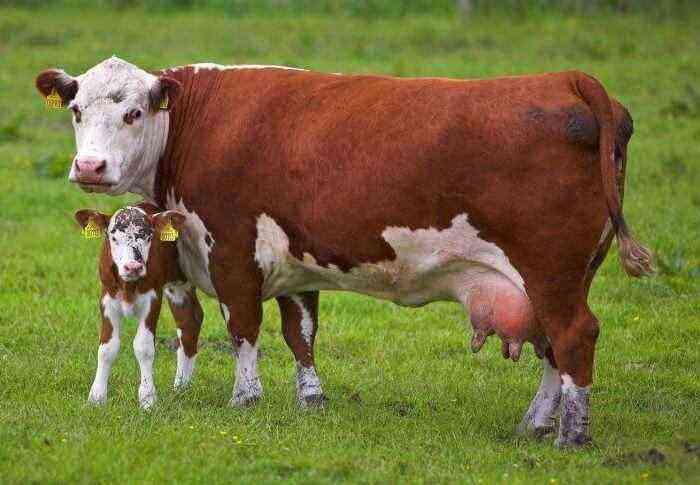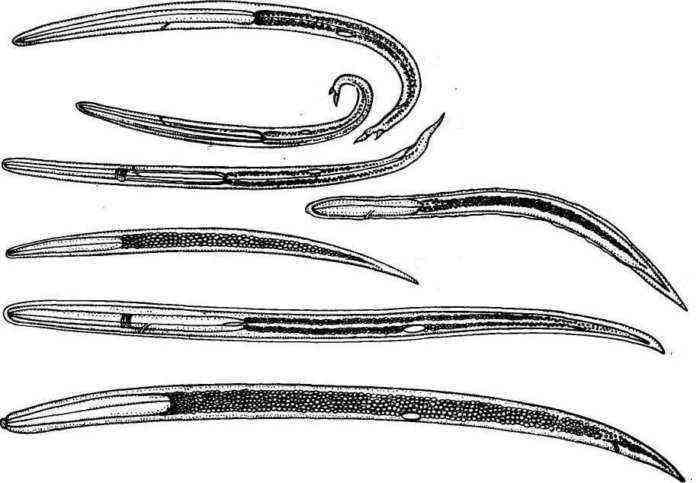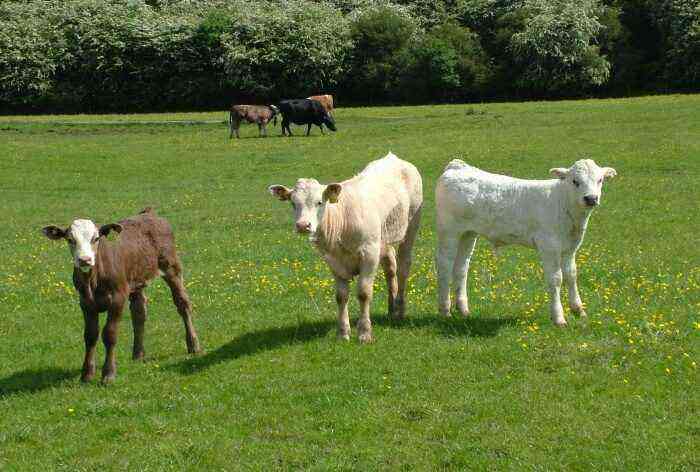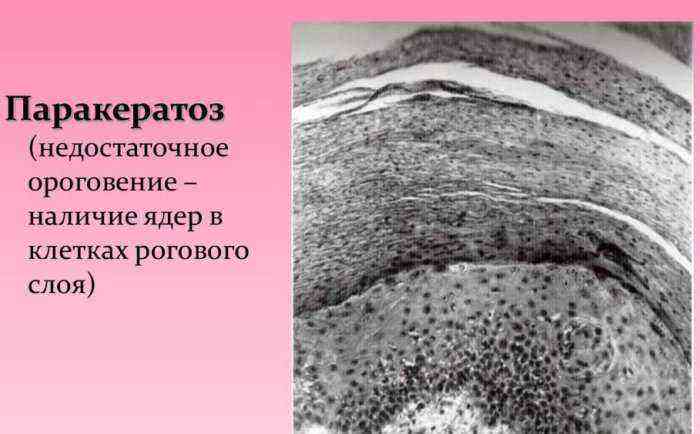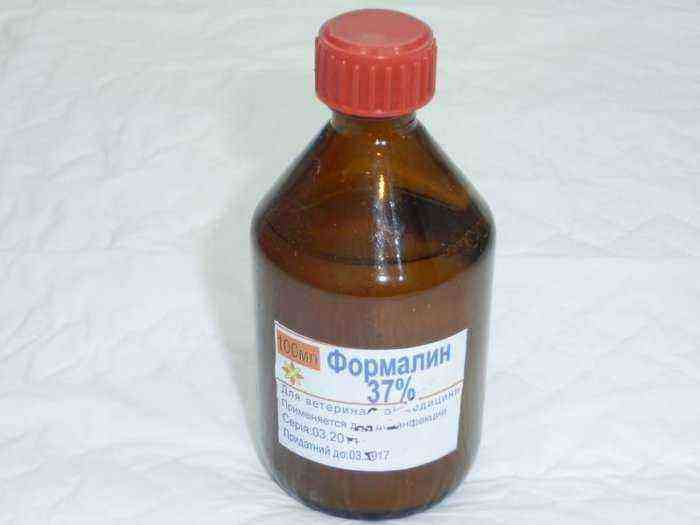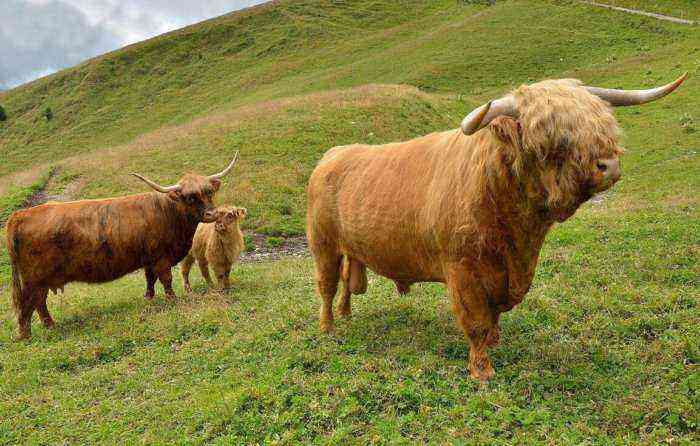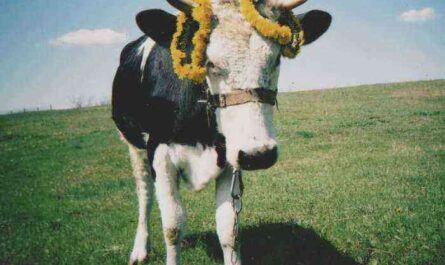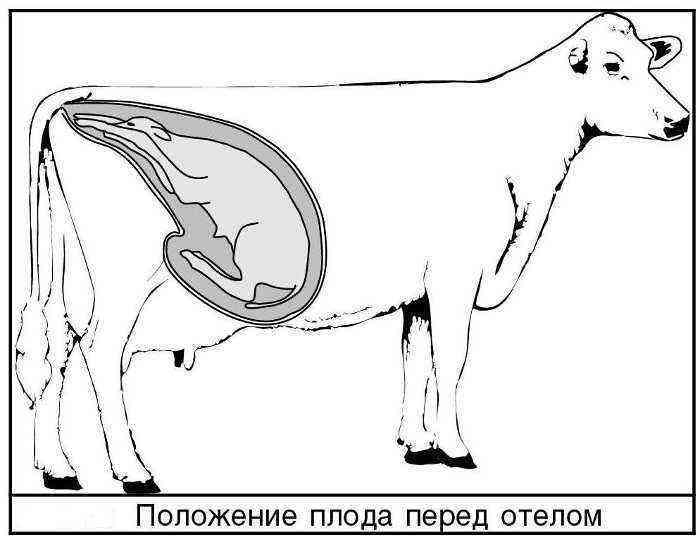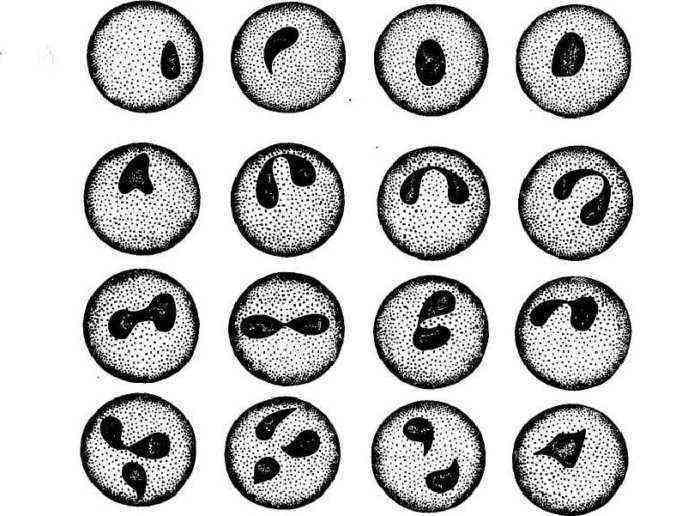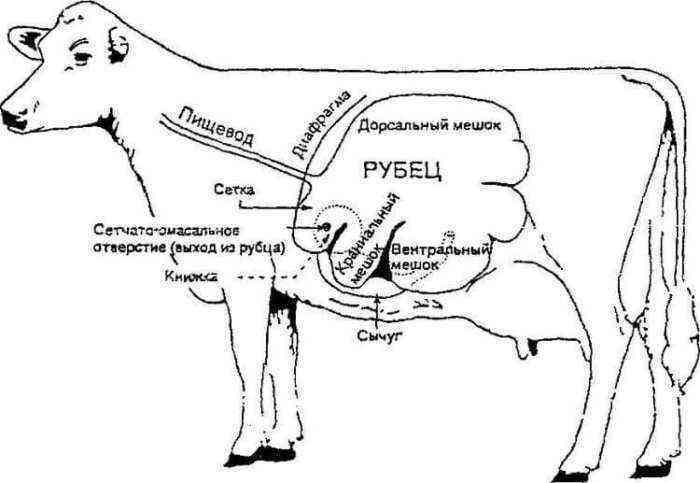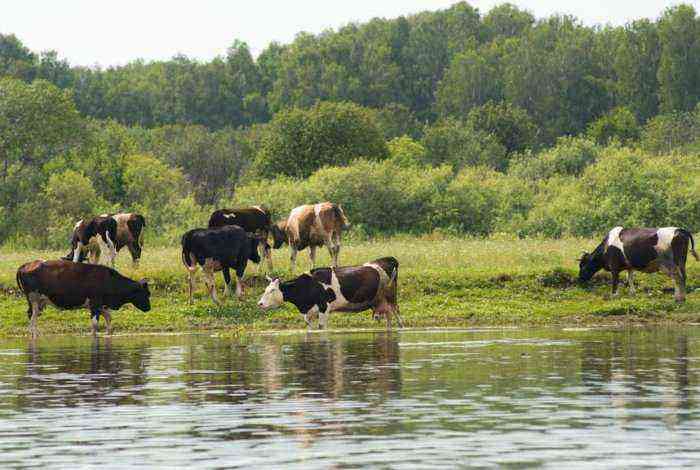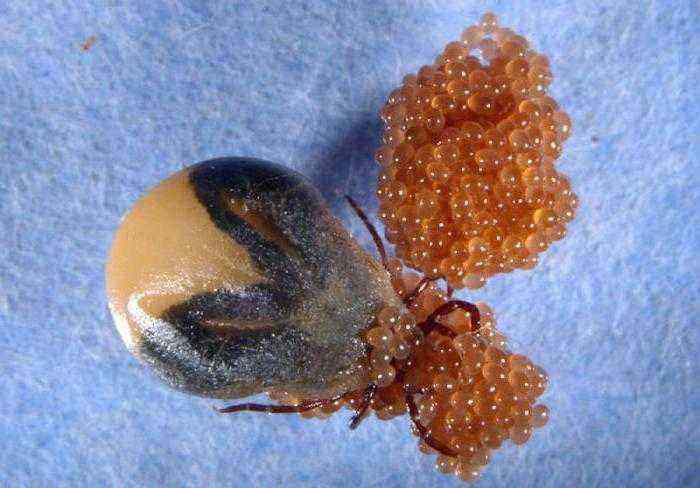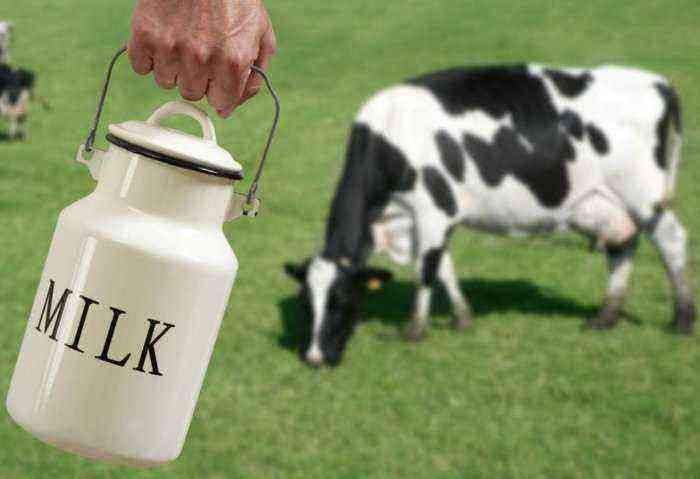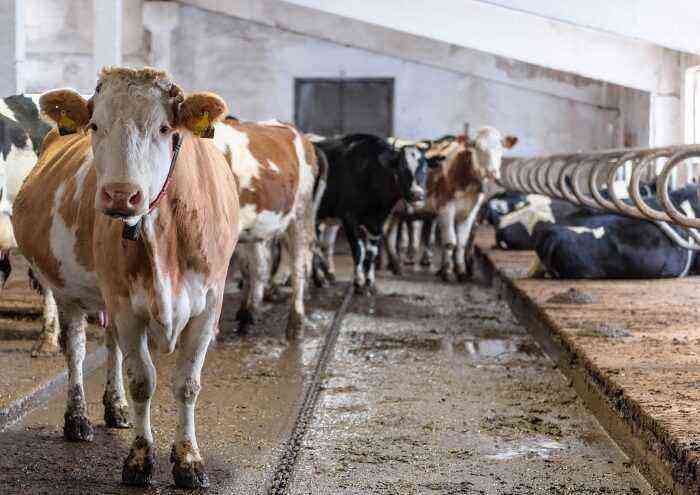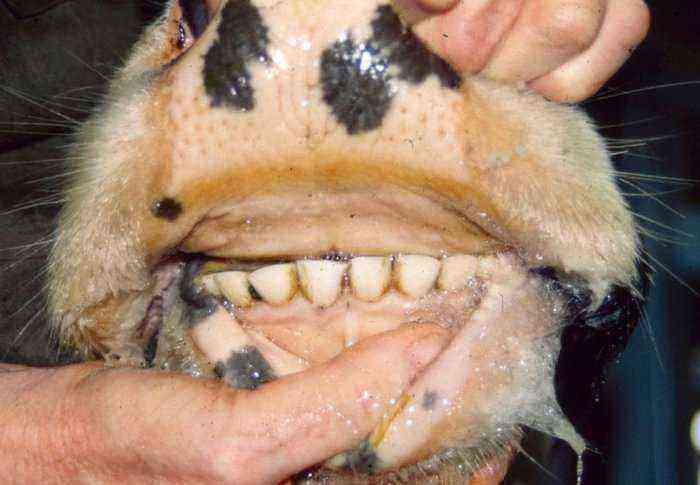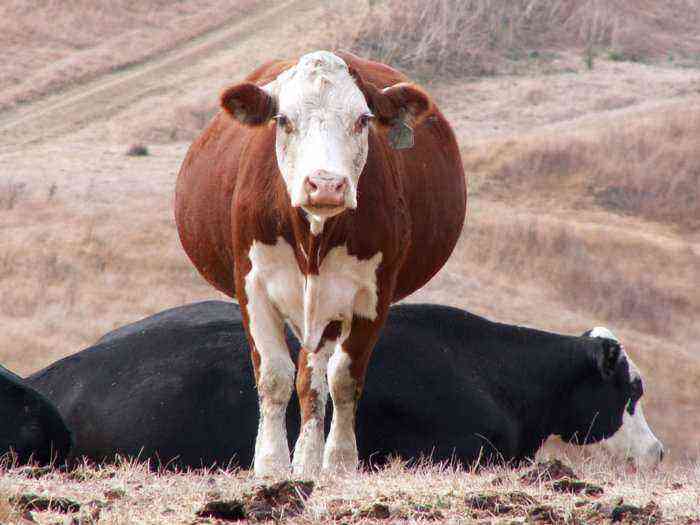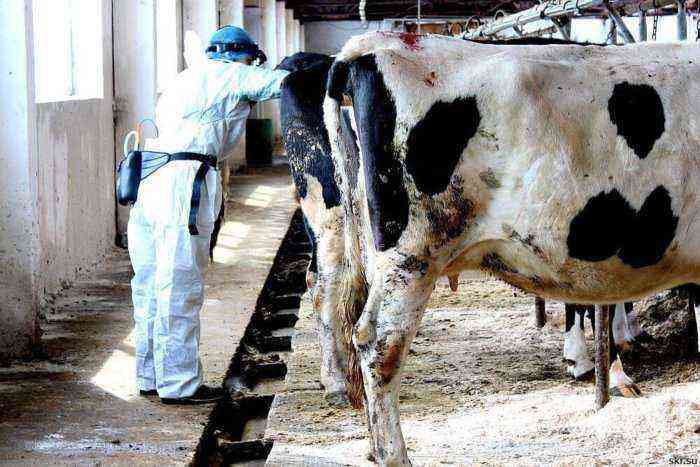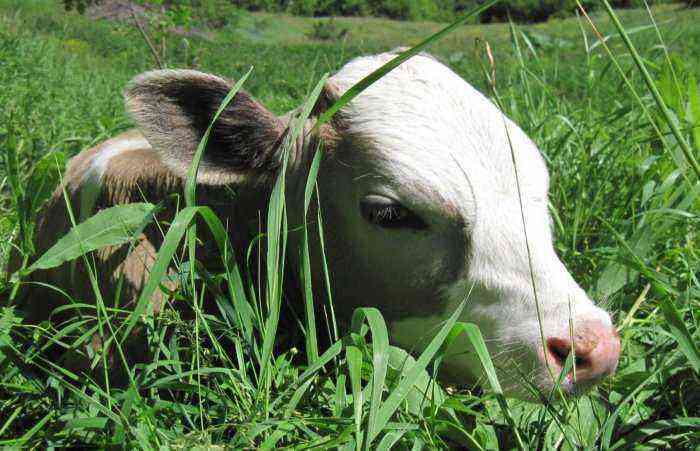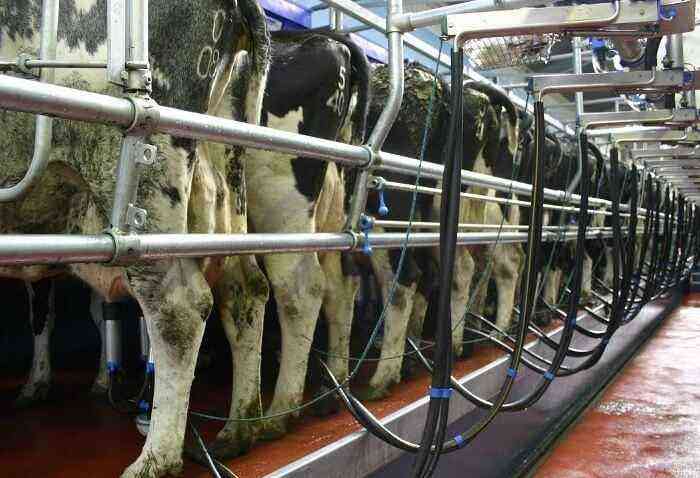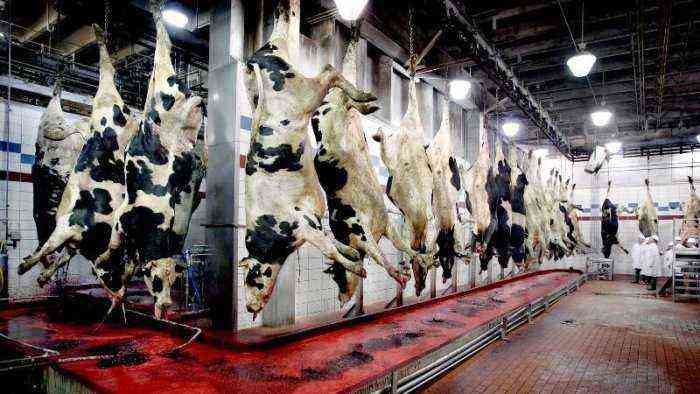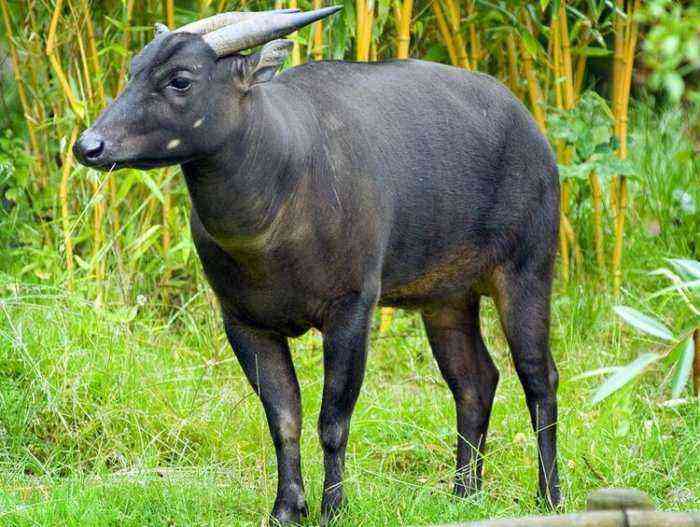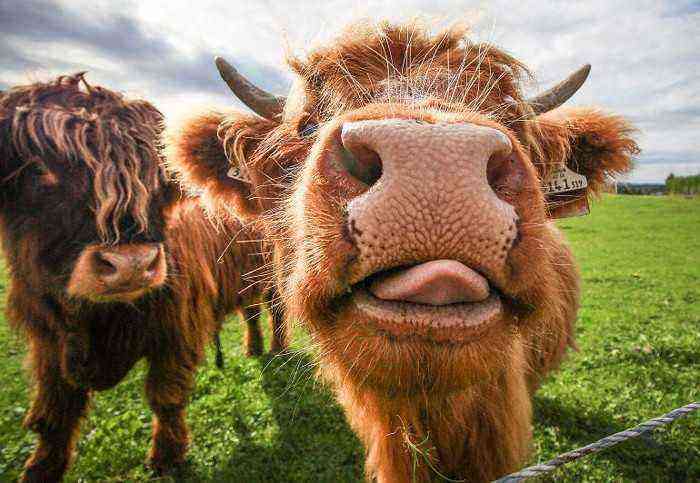The growth in the number of dairy breeds of cattle and the search for new more productive individuals leads to the appearance of cows, uncharacteristic for Russian latitudes. However, despite their many differences, the lactation period in cows is approximately 305 days a year.
Cow after calving
What is the process of lactation?
The quality and quantity of milk depend not only on the breed, many factors influence the formation process. To understand the whole essence of the nature of milk formation, one should understand the processes of lactation in cattle.
The lactation of cows is the process of formation and excretion of milk, and the time until the animal is suitable for milking is the lactation period. It lasts up to 10 months, of course, there is no need for such terms for feeding offspring, a six-month-old calf is already fully switching to an adult diet. Such changes in the mammary glands were caused by human influence in the process of domestication and the desire to increase productivity.
The secretion of milk is reflex in nature and this process cannot be caused artificially. Usually lactation begins with the onset of childbirth and very rarely a few days before calving. Changes in the mammary gland begin during pregnancy, when the fatty tissues of the udder are replaced by secretory alveoli, and over time, growth of the udder is observed.
Gradually, the amount of milk decreases, the cow stops milking until the next calving. At this time, the functions of the gland go into a state of rest, and a reverse development process is observed, and after the next pregnancy, everything repeats anew. Under the influence of hormones, the main development of the mammary glands is observed during the first pregnancy. In some individuals, the udder reaches 3% of the total body weight, the cardiovascular system of the animal during lactation is under enormous stress, and the cow needs to be introduced into the diet of drugs that stimulate milk production.
Length of lactation in cows
Lactation in cows is divided into 3 stages, in each of these phases the milk differs in its composition, and the animal requires a different diet.

Three stages on the example of milk
- The colostrum phase begins after calving and lasts about 7 days. Colostrum is rich in fats, proteins and minerals, it is very thick and is not desirable for humans. Colostrum is necessary for a calf in the first days of his life, at which time his immune and digestive systems are laid, in terms of the amount of protein it is equal to blood, and also contains many other substances useful for the newborn.
- The longest stage lasts up to 290 days, the period of obtaining normal milk familiar to everyone.
- The phase lasts 5-10 days, the protein level in the product increases, the lactose content and acidity decrease. The restoration of the animal begins, it is worth reducing the energy intake from feed to a minimum.
Novice farmers sometimes mistakenly assume that the lactation period is strictly defined, but in fact each case is individual and depends on the general condition of the animal, the conditions of its nutrition and maintenance. Milk can be produced throughout the year or disappear due to stress in the first weeks, so in the first 3 months it is necessary to create the most favorable conditions for the life and health of the cow.
Reference. The lactation curve in cows will help control productivity by tracking changes in milking dynamics. The appearance of sharp jumps in the diagram indicates a violation of health.
Feeding technique
To obtain a high-quality product and maintain the normal state of the animal, it is necessary to ensure that the cow’s diet is complete and contains all the necessary trace elements in full. Malnutrition, even in excess, can lead to disease in the animal, despite the possible initial high productivity.
Feeding norms for an animal are determined based on live weight, fat content of the product and daily milk yield. The main indicator is the composition and quantity, in case of a lack of protein in the feed or an incorrect ratio of trace elements, the fat content of milk will drop dramatically. Also, young, still growing calves should increase the rate. Despite the fact that the food base is calculated from the food that the farm has, the basis of the diet should be succulent feed, while the amount of hay should be slightly limited.
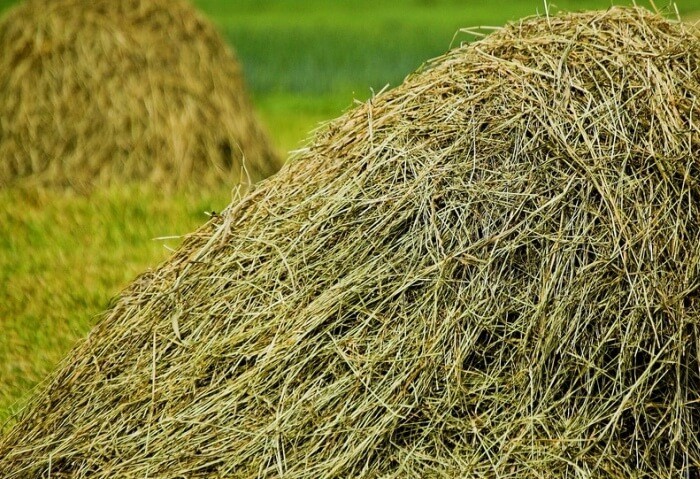
The amount of hay should be limited a little
There is a certain in Soviet times, but still effective, average diet for a cow weighing 500 kg, an average daily milk yield of 17 kg of milk and a fat content of about 4%:
- silage – 30 kg;
- beets – 5 kg;
- concentrated feed – 2,2 kg;
- hay – 6 kg;
- barley fodder flour – 1 kg.
In any case, the amount of nutrients in the diet requires a slight adjustment, and various premixes will help with this, which are selected individually in each case, since the composition of the feed is not always the same.
The feeding technique also depends on the animal housing system. In the case of free-range, the cow herself decides what she needs more, concentrated feed and premixes are already given during milking. When kept in a stall, the frequency of feeding and the order of distribution of feed are regulated. No matter how the animals are kept, the routine must be observed and each farm accepts it based on its own conditions.
Conclusion
The lactation period of each cow depends on her weight, age and breed, but on average it is 10 months. Literally a century ago, the cessation of lactation was a significant problem, but at the moment, technologies, feeds and specialized preparations have not only been able to reduce the period of lack of milk to 1 month, but also to predict this time so that the breeder has time to thoroughly prepare for it.
